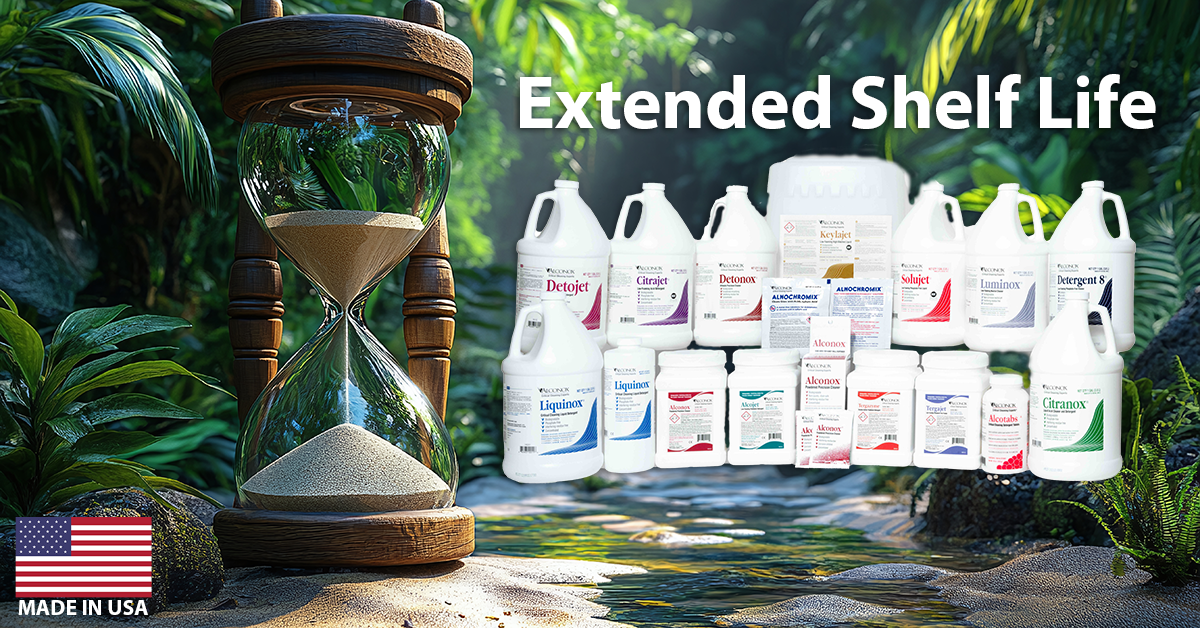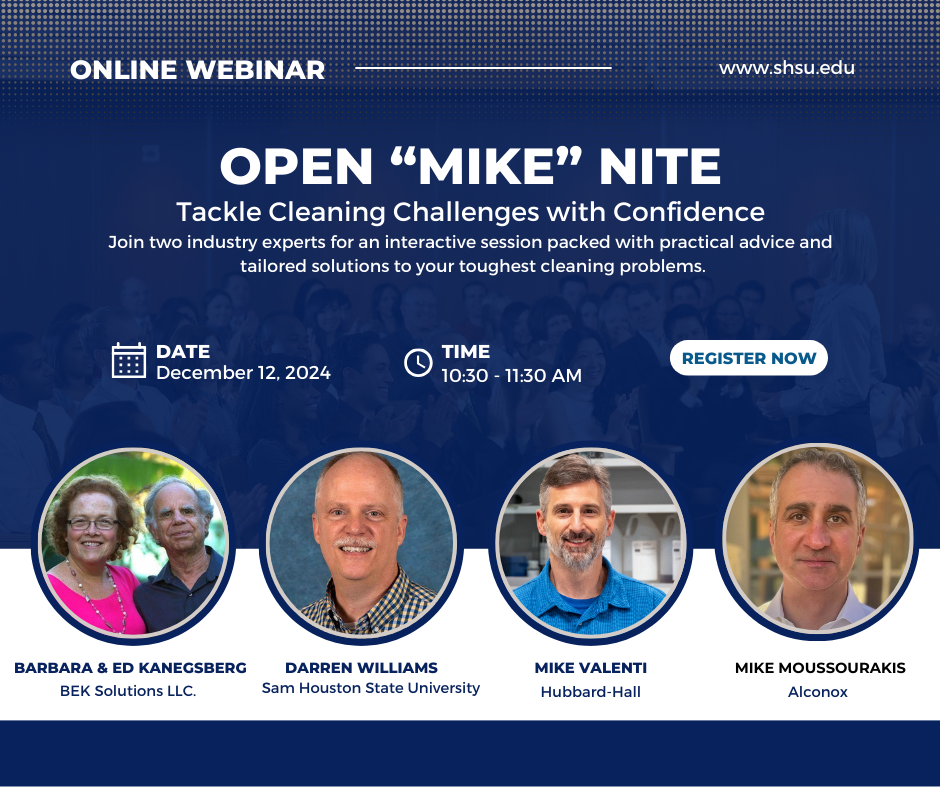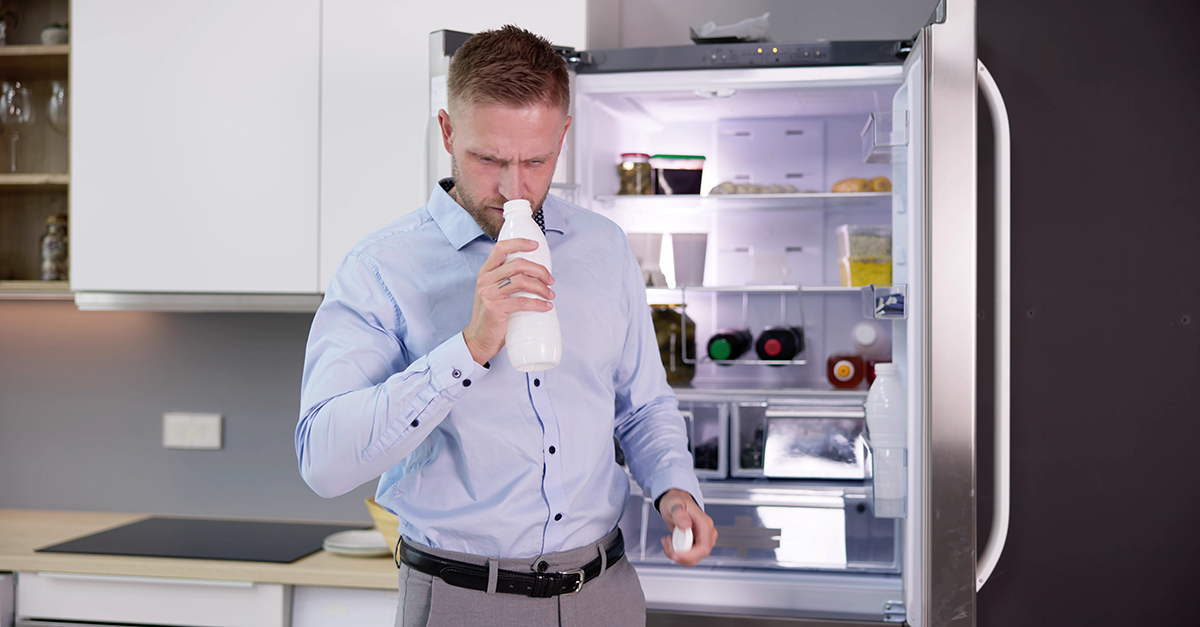
Q. What is a nonionic detergent? How can a nonionic detergent like Alcojet have ionic sodium salts in it? What does it mean when a specification requires the use of a nonionic detergent?
A. Surfactants are surface active agents that are classified according to the charge on the organic part of the molecule. The surfactants are either:
- negatively charged which are anionic;
- positively charged which are cationic;
- neutrally charged which are nonionic;
- change charge with change in pH which are amphoteric;
- or in unusual cases the surfactant has both anionic and cationic charges present on two parts of the molecule at once which are zwitterionic.
So surfactants can be anionic, cationic, nonionic, amphoteric, or zwitterionic. (Further detail on types of surfactants.) In some cases, literature can ambiguously use the word detergent interchangeably with the word surfactant, so by the same logic when you are using the word detergent to mean surfactant, you can also say that there are anionic, cationic, nonionic, amphoteric and zwitterionic detergents.
A less ambiguous definition for the word detergent is to use it to mean a blended product that contains a surfactant(s) plus other ingredients (typically called builders) to make a formulated detergent. By naming convention in the detergent industry, a formulated detergent is classified by the charge on the surfactant that is present in the detergent. You can also have formulated detergents that are anionic, cationic, nonionic, amphoteric and zwitterionic. These formulated detergents can contain builders such as sodium phosphates, sodium silicates, sodium carbonates, potassium hydroxide, citric acid and many other ionic salts or acids. Thus, it is possible to have a formulated detergent that is nonionic, yet contains many ions: both anionic and cationic.
Understanding this possibility can be very important for electronic component cleaning where in some cases the use of ion free detergents is specified as with Detergent 8® Low-Foaming Ion-Free Detergent. In many cases the goal of this ion free specification is intended to ensure that the detergent does not contain any metal ions that could deposit and leave a conductive residue.
Many anionic surfactants have sodium or potassium metal ions present in their salt form when found in the detergent. When conductive residues can be an issue, it is recommended to not use anionic surfactants and anionic formulated detergents. This avoids the possibility of depositing any sodium or potassium conductive metal salts in the event that the detergent evaporates on to the surface. In an effort to achieve this conductive residue free specification, the use of nonionic detergents can be recommended. Unfortunately, this can lead to the use of nonionic formulated detergents that contain many sodium and potassium metal ions that come from the builders in the formulated detergent. If these metal ion containing nonionic formulated detergents evaporate on to the surface during cleaning, they can result in conductive residue, even though a nonionic formulated detergent was used.
To avoid this problem, when cleaning an electrical substrate where the cleaning specification calls for the use of a nonionic detergent, it is best to use a nonionic detergent that is ion-free. In this way you can assure that there are no metal ions coming from the builders in the nonionic formulated detergent.
In the specific case of Alcojet® Low Foaming Powdered Detergent as requested, as well as other detergents including Liquinox® Critical Cleaning Liquid Detergent and Detonox® Ultimate Precision Cleaner, these are formulated detergents that contain a nonionic surfactant as an ingredient, and are therefore called a nonionic detergent. These are again distinguished from an ion free detergent, which they are most certainly not. Detergent 8 cleaner is.
It should be noted that having metal ions in a detergent creates a risk of conductive residues if you do not rinse thoroughly. It is of course possible to use metal ion containing detergents to clean electronic substrates provided a very thorough deionized water rinse is used.
The key take home is when seeking to meet a specification for a nonionic detergent, it is important to clarify what is the application as nonionic ≠ ion free in the formulated detergent world.
We’d be happy to work with you on your nonionic, ion free, anionic, or any critical cleaning application any time!
Do you have a critical cleaning question for the experts at Alconox Inc.? Search TechNotes to see if it’s been answered before or Ask Alconox.
To request any Alconox Inc. detergents for free, please complete the questionnaire at Get Sample. For more information about any one of our Alconox Inc. detergents, consult the technical bulletin for each product. Or click here to access each of our detergent’s Safety Data Sheets



